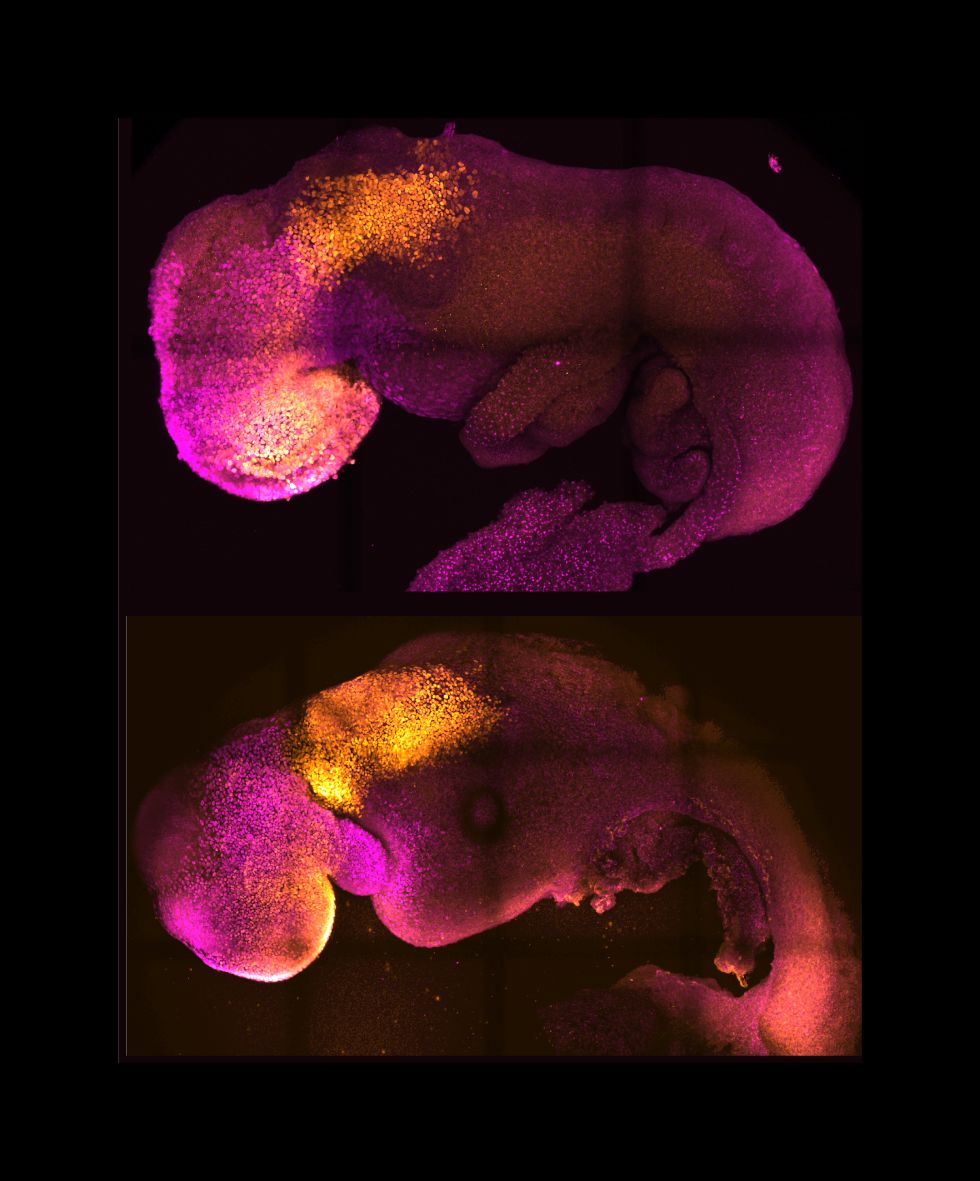2022-08-19 マックス・プランク研究所
子嚢菌フザリウム・オキシスポラムとハムシの一種チェリモルファ・オルタンスの間に相互作用があることを発見した。フザリウム菌はヨコバイの蛹を外敵から守る。菌はヨコバイの蛹を捕食者から守り、ヨコバイはその代わりに菌を宿主植物に散布し、菌の伝播に寄与している。
<関連情報>
- https://www.mpg.de/19105563/microbes-protect-a-leaf-beetle-but-for-a-price?c=2249
- https://www.cell.com/current-biology/fulltext/S0960-9822(22)01214-3
葉虫Chelymorpha alternansが蛹の保護と引き換えに植物病原体を増殖させた例 The leaf beetle Chelymorpha alternans propagates a plant pathogen in exchange for pupal protection
Aileen Berasategui,Noa Breitenbach,Marleny García-Lozano,Inès Pons,Brigitte Sailer,Christa Lanz,Viterbo Rodríguez,Katharina Hipp,Nadine Ziemert,Donald Windsor,Hassan Salem
Current Biology Published:August 19, 2022
DOI:https://doi.org/10.1016/j.cub.2022.07.065

Highlights
•Tortoise leaf beetles engage in mutualism with the ascomycete Fusarium oxysporum
•The fungus confers pupal protection for the beetle against predation
•Beetles propagate F. oxysporum to their host plants, causing wilt disease
•Symbiont genome is reduced but retained features that reflect its dual lifestyle
Summary
Many insects rely on microbial protection in the early stages of their development. However, in contrast to symbiont-mediated defense of eggs and young instars, the role of microbes in safeguarding pupae remains relatively unexplored, despite the susceptibility of the immobile stage to antagonistic challenges. Here, we outline the importance of symbiosis in ensuring pupal protection by describing a mutualistic partnership between the ascomycete Fusarium oxysporum and Chelymorpha alternans, a leaf beetle. The symbiont rapidly proliferates at the onset of pupation, extensively and conspicuously coating C. alternans during metamorphosis. The fungus confers defense against predation as symbiont elimination results in reduced pupal survivorship. In exchange, eclosing beetles vector F. oxysporum to their host plants, resulting in a systemic infection. By causing wilt disease, the fungus retained its phytopathogenic capacity in light of its symbiosis with C. alternans. Despite possessing a relatively reduced genome, F. oxysporum encodes metabolic pathways that reflect its dual lifestyle as a plant pathogen and a defensive insect symbiont. These include virulence factors underlying plant colonization, along with mycotoxins that may contribute to the defensive biochemistry of the insect host. Collectively, our findings shed light on a mutualism predicated on pupal protection of an herbivorous beetle in exchange for symbiont dissemination and propagation.


